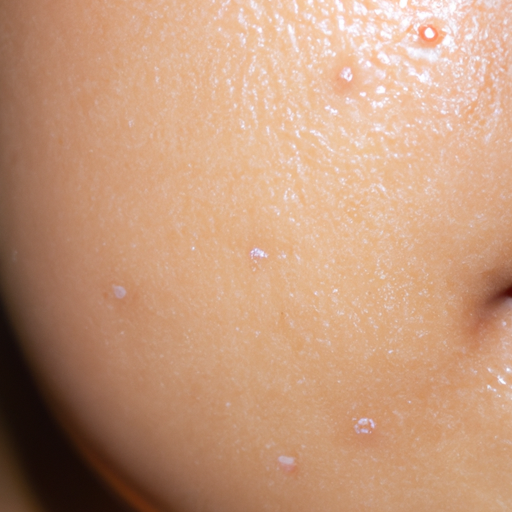As a medical professional, I often encounter patients who are frustrated with their oily skin. They complain about a shiny complexion, enlarged pores, and frequent breakouts. While these symptoms can be bothersome, it’s important to understand that oily skin is not a disease but a skin type, which is primarily determined by genetics and hormonal changes. This article aims to unmask oily skin, helping you understand its symptoms and root causes.
Oily skin is characterized by an overproduction of sebum, an oily substance produced by the sebaceous glands located under the skin’s surface. Sebum isn’t all bad; it helps protect and moisturize your skin and keep your hair shiny and healthy. But too much sebum can lead to oily skin, clogged pores, and acne.
The most common symptoms of oily skin include a shiny or greasy appearance, large or obvious pores on the skin, skin that looks thick or rough, occasional or persistent pimples, clogged pores and blackheads. It’s also worth noting that oily skin can change depending on the time of year or the weather. Things like humidity and hot weather can stimulate sebum production, making your skin oilier than usual.
Now, let’s delve into the root causes of oily skin. Genetics play a significant role in determining our skin type. If most of your family members have oily skin, there’s a good chance you may also have it. Hormonal changes or imbalances are another major factor. Adolescents and pregnant women often experience increased sebum production due to hormonal fluctuations. Stress can also trigger an overproduction of oil as it leads to hormonal spikes.
Your lifestyle choices and daily habits can also contribute to oily skin. A diet high in processed foods and sugars can stimulate oil production. Inadequate skincare routine or using the wrong products can exacerbate the oiliness. For instance, over-washing your face can strip your skin of its natural oils, causing your skin to overcompensate and produce even more oil.
While oily skin can be challenging to manage, it’s not all doom and gloom. On the positive side, those with oily skin tend to have thicker skin and fewer wrinkles. The key to managing oily skin lies in understanding its root causes and adapting your skincare routine accordingly.
It’s crucial to maintain a consistent skincare routine that includes gentle cleansing, using non-comedogenic products that won’t clog pores, and regular exfoliation to remove dead skin cells. Despite the common misconception, it’s also important to moisturize even if you have oily skin. Opt for oil-free moisturizers that hydrate your skin without making it greasy.
Remember, everyone’s skin is unique, and what works for one person may not work for another. If you’re struggling with managing your oily skin, don’t hesitate to seek professional help. Dermatologists can provide personalized advice and treatment options based on your specific skin type and concerns.
In conclusion, while oily skin can be a nuisance, understanding its symptoms and root causes can help you manage it effectively. With the right care and attention, you can keep your skin healthy and radiant.



